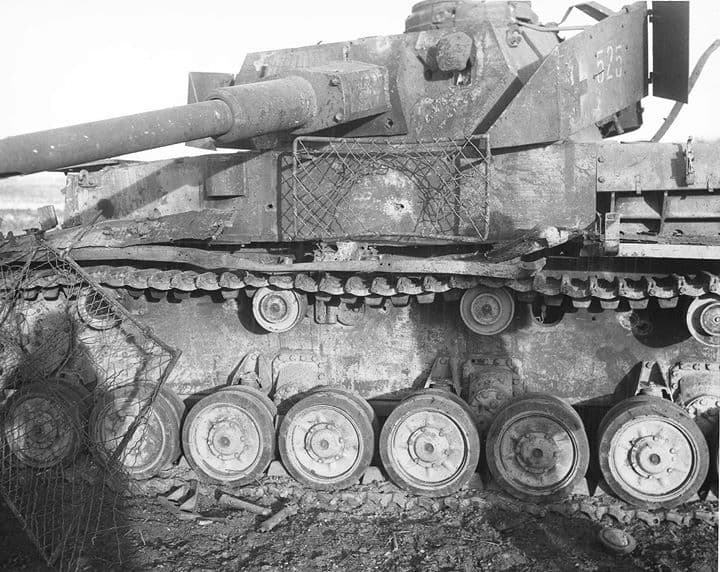I read during the Korean War they were ineffective against T-34/85 tanks. But the Chinese did have them, and what did they use them for? Did they work on Shermans?
While we’re on this subject, how would you model a knocked-out tank from a bazooka round (WWll, or post war)? I understand the penetration hole was only about .5". (I already understand how the hollow-charge Ammunition works). In 1/35 a .5" hole is pretty insignificant.
![]()
![]()
Pretty much the same as an RPG impact, just smaller. A small hole with some spalling and burn marks around it.
“Panzerkampfwagen IV with three half-inch holes through the armor from M1 Bazooka anti-tank rockets near French-German border 2 January 1945.”
As to its penetrating power, it seems pretty good.
“The 60 mm HEAT rockets can penetrate up to 100 mm of homogeneous steel armor. The improved rounds used in the M9 penetrate up to 125 mm.”
A T-34/85 had between 25mm and 90mm of armor depending on location on the tank. In theory, the M9 should eb able to penetrate a T-35/85 without issue.
Although you can add secondary damage from internal fires and ammunition cook offs… ![]()
and if it is a “modern” Russian tank the display may only require a shallow crater and some scattered bits and pieces … if the intention is to display all of the bits and pieces then the diorama could get rather big and complicated …

Probably because alot of the ammo at that time was old or had been left in various islands during the war.
I guess that means that the M9 bazookas didn’t work well because they got old and deteriorated, while the M20’s that were issued were in fact newly made and that was why they worked?
I think thats part of it. After the war, MacArthur organized a huge effort to reclaim supplies that were left on islands at the end of the war.
A #78 drill bit is perfect.
